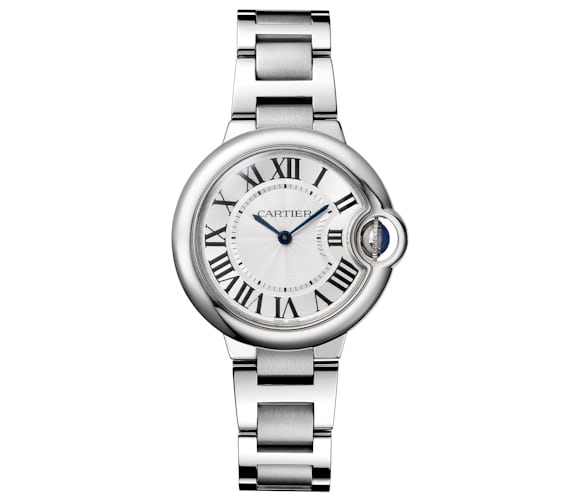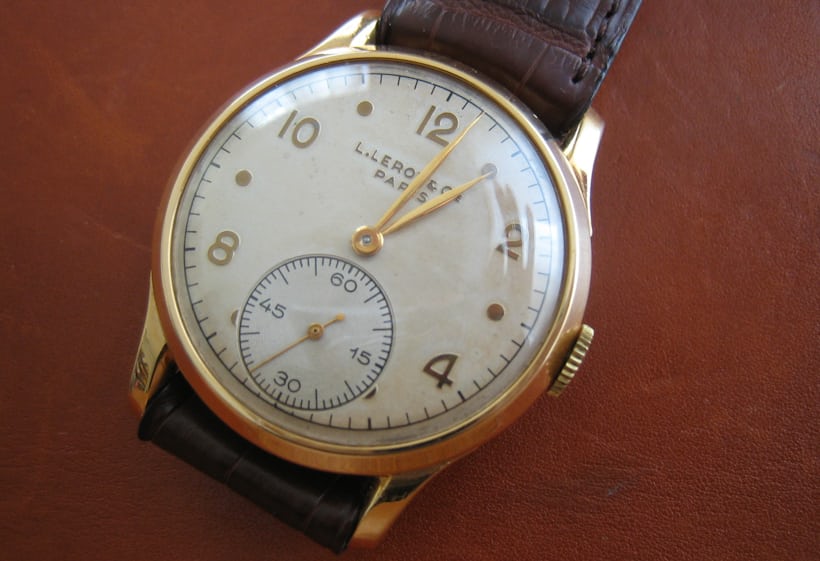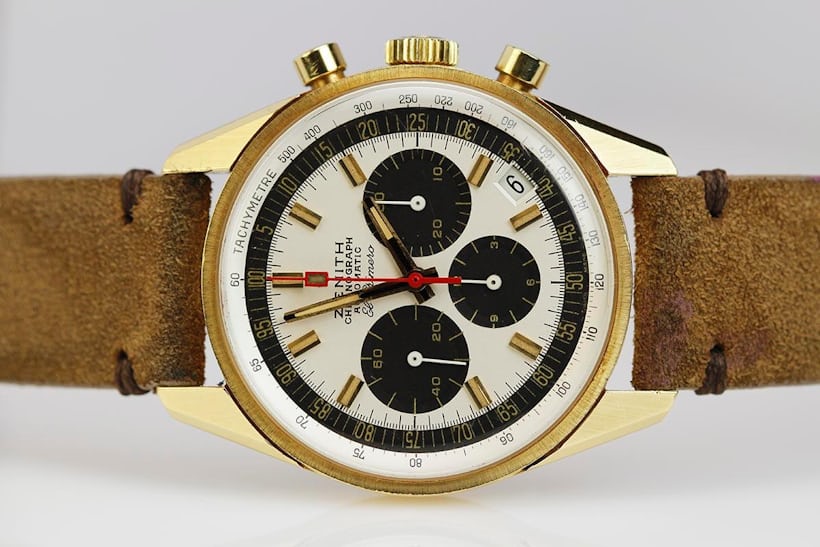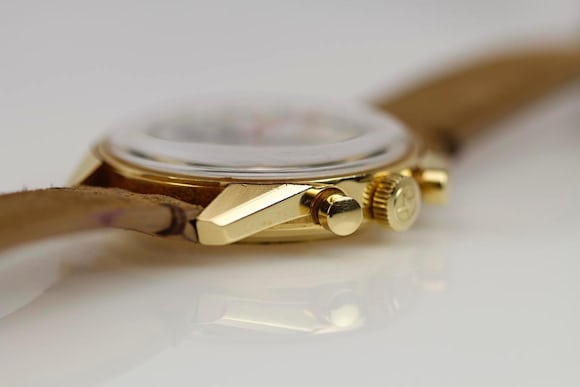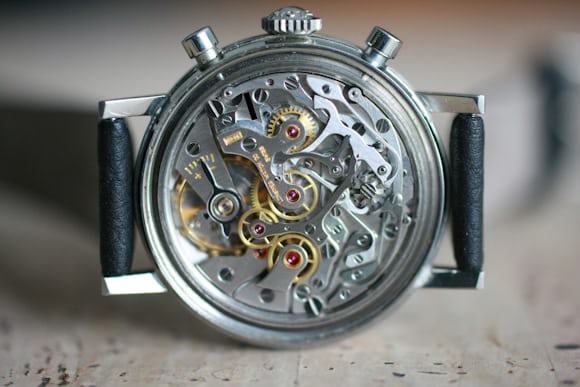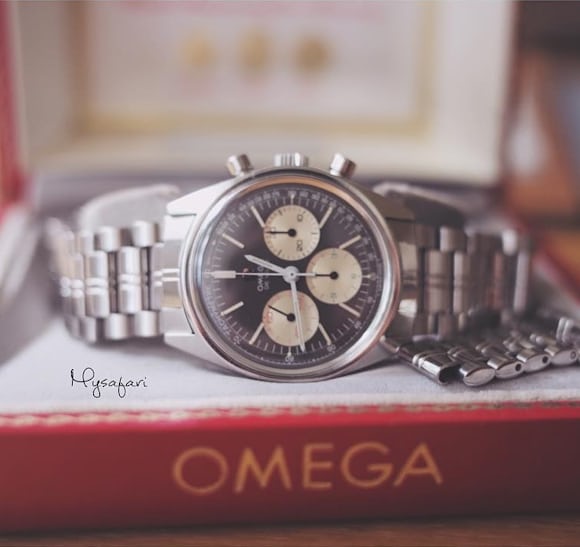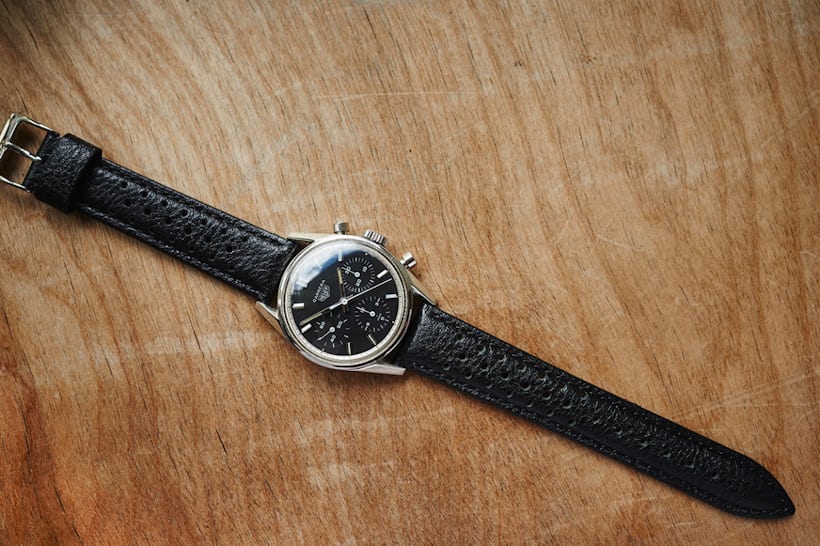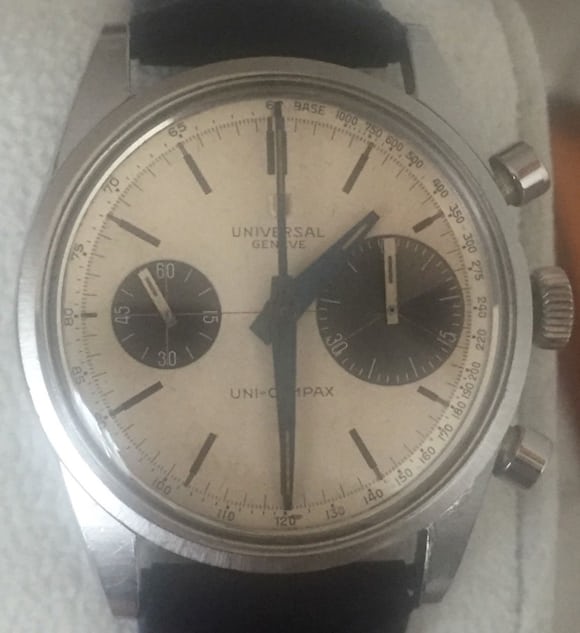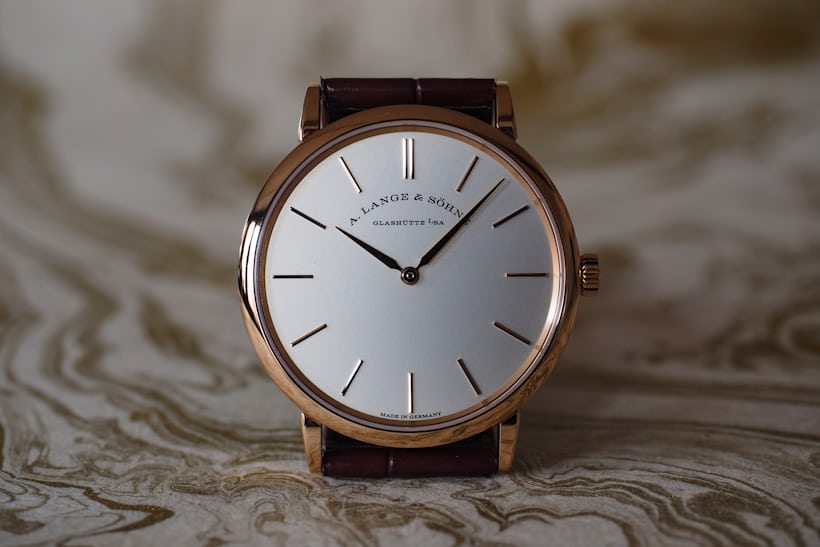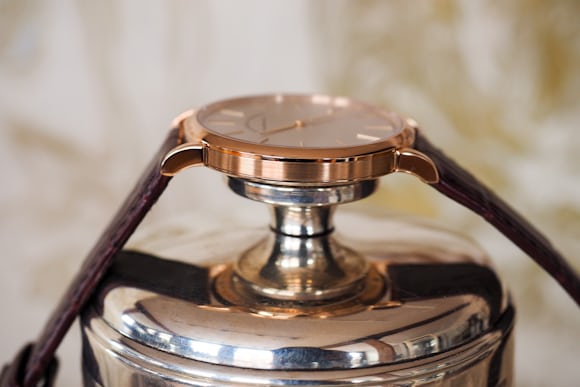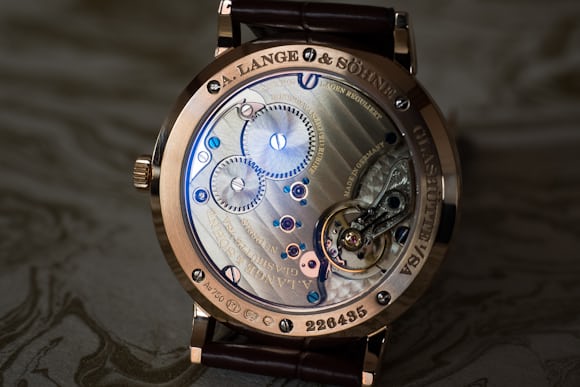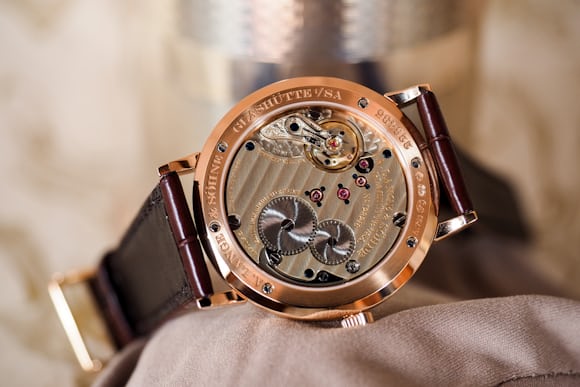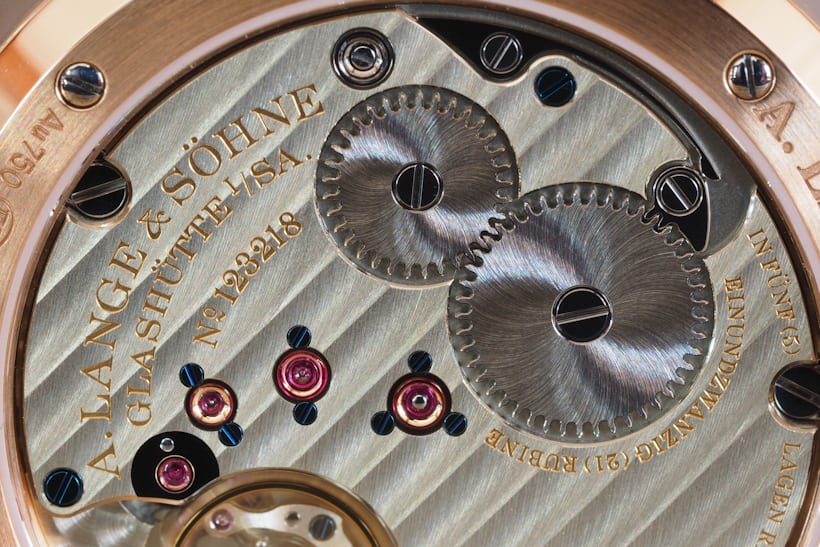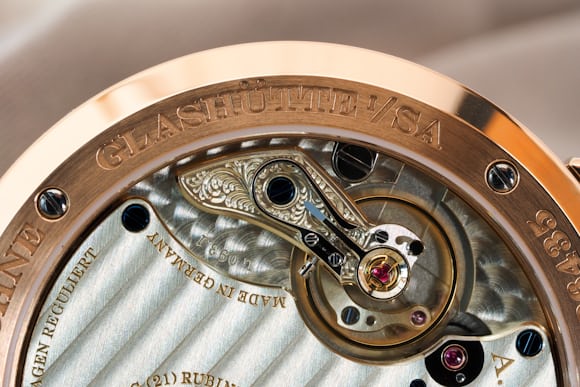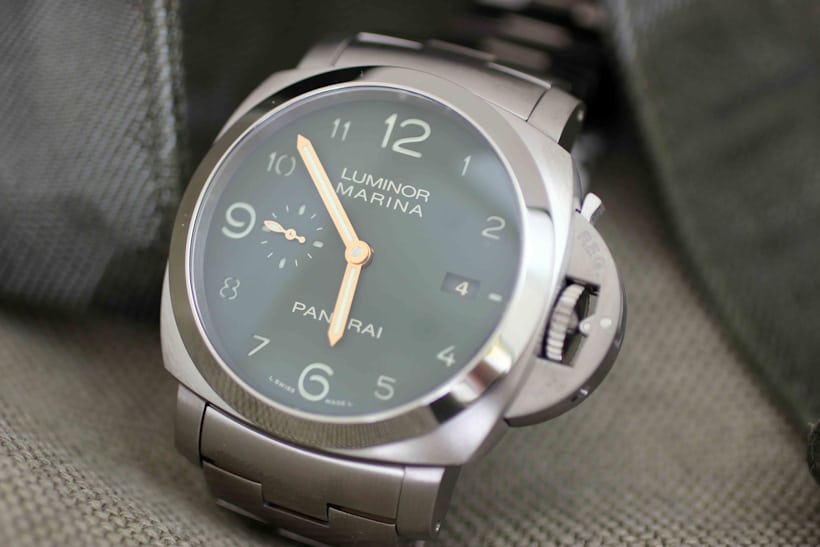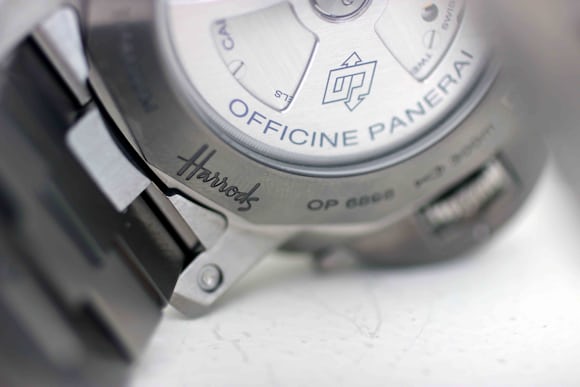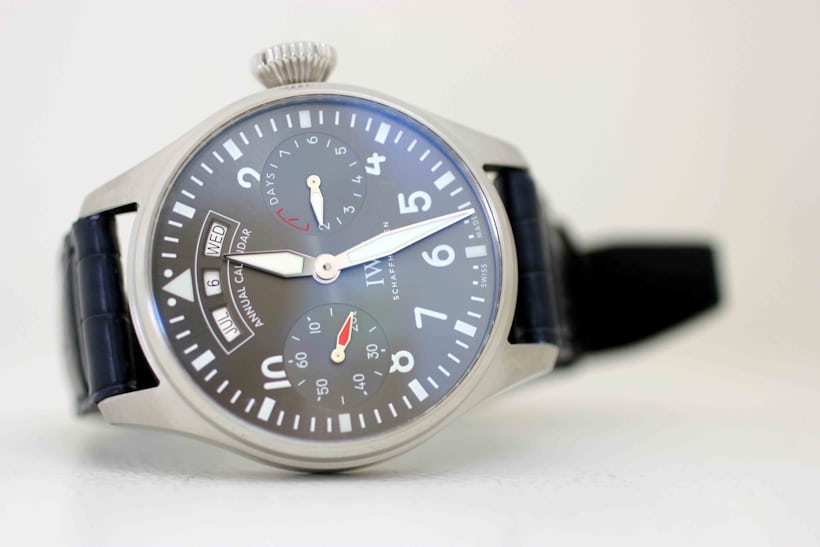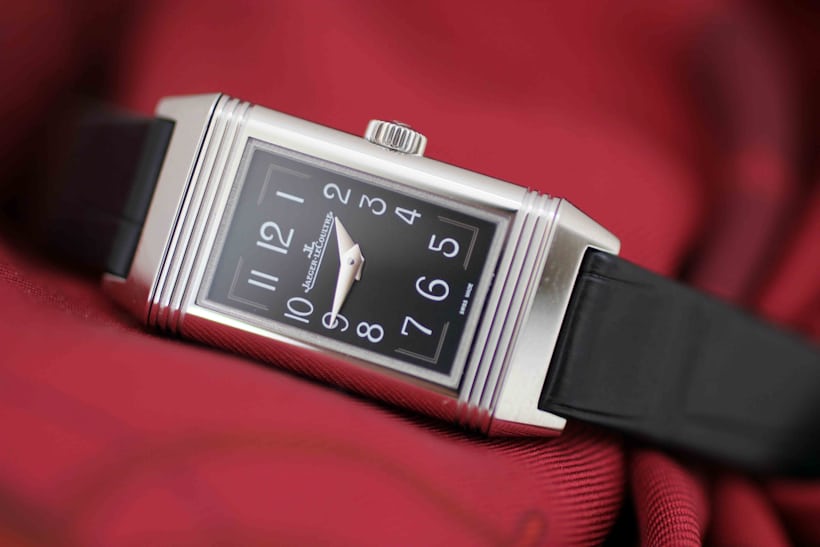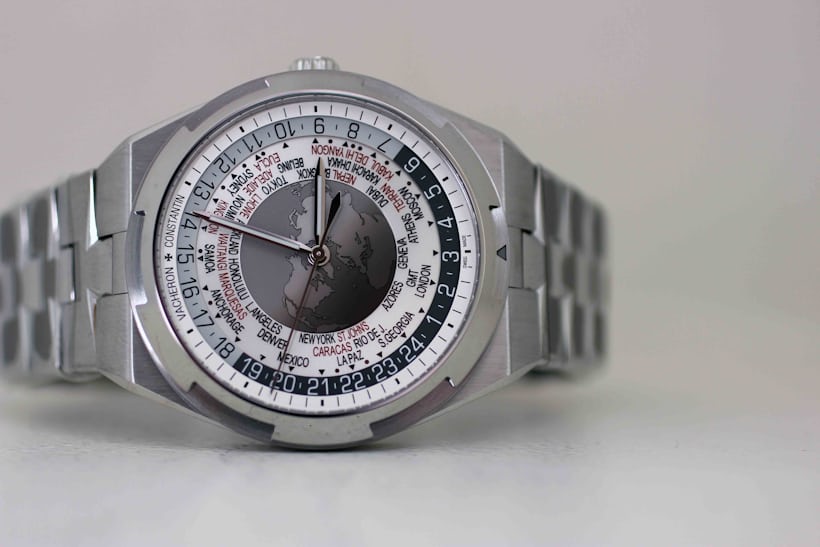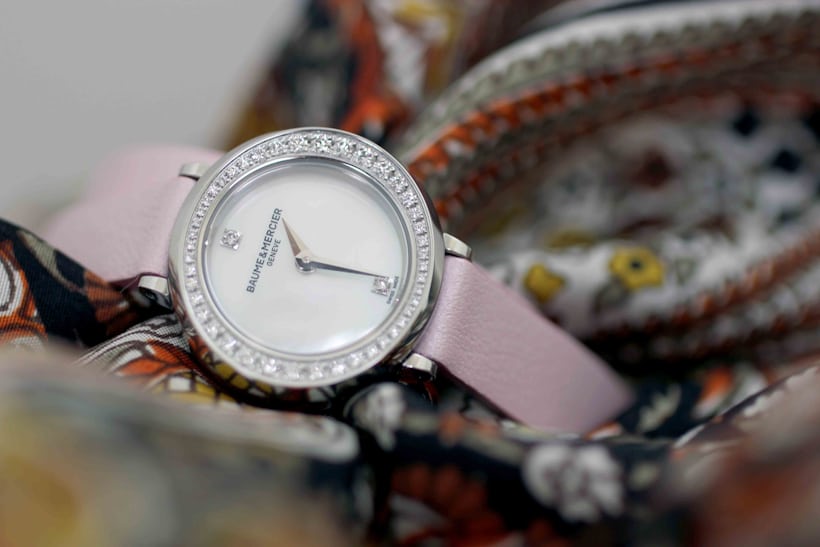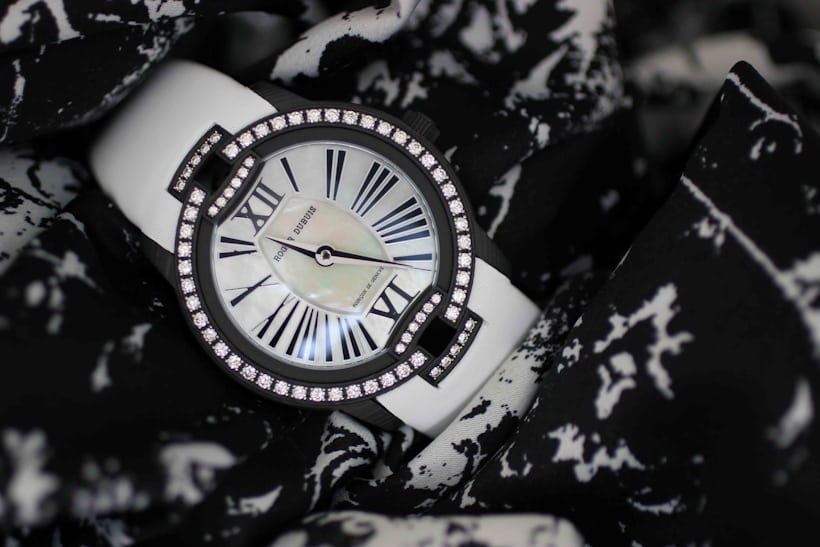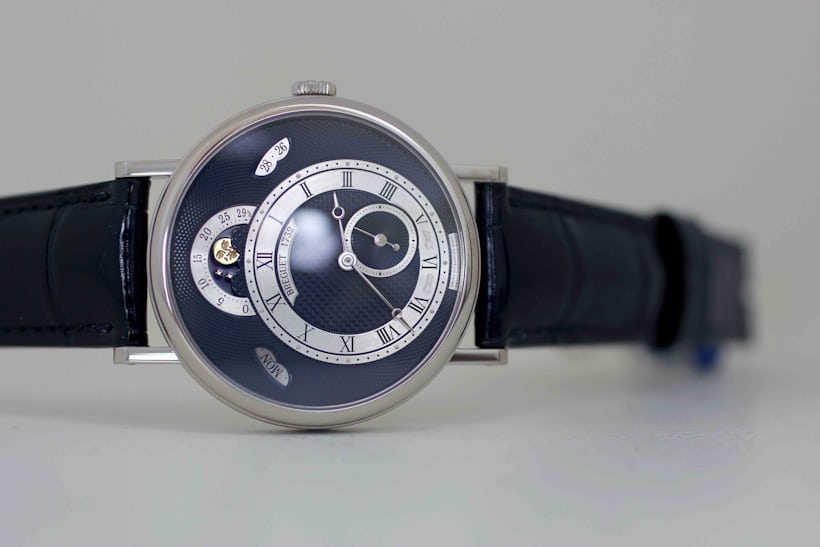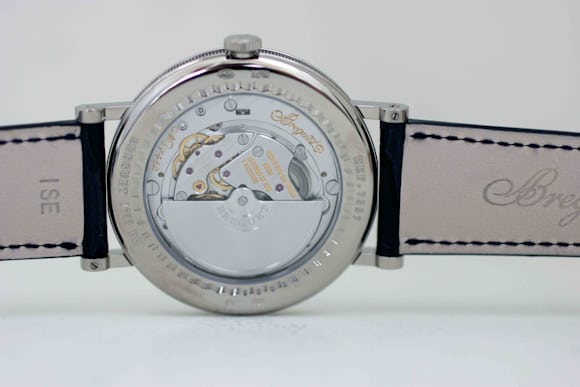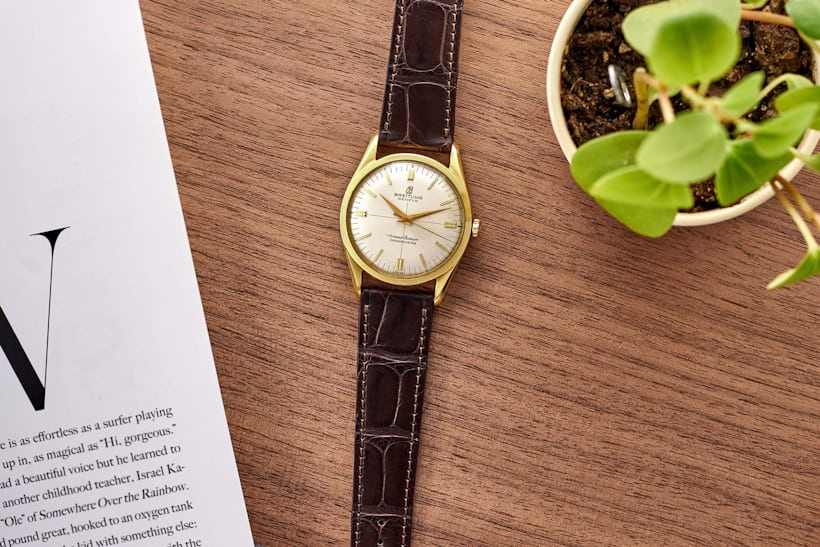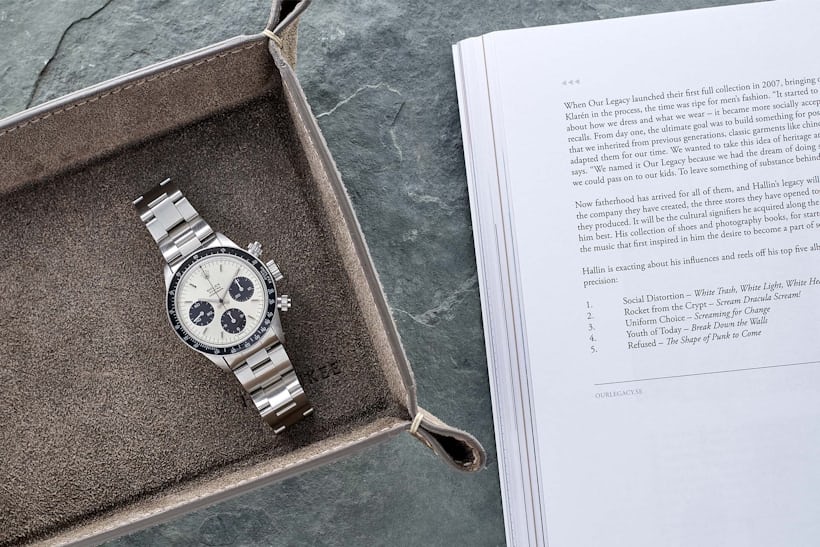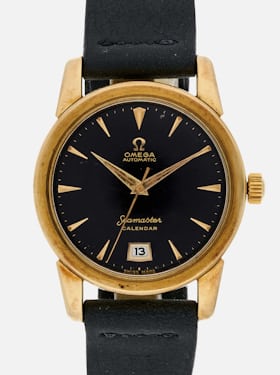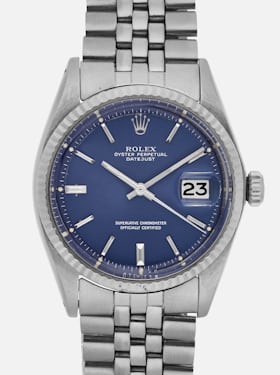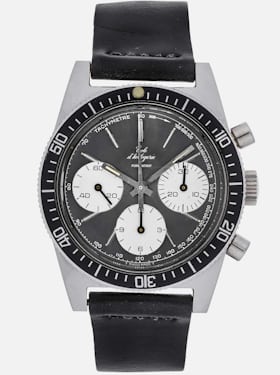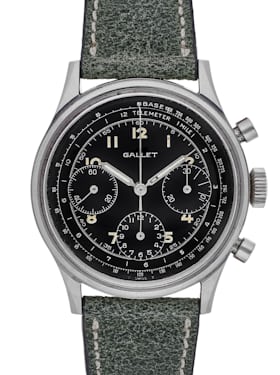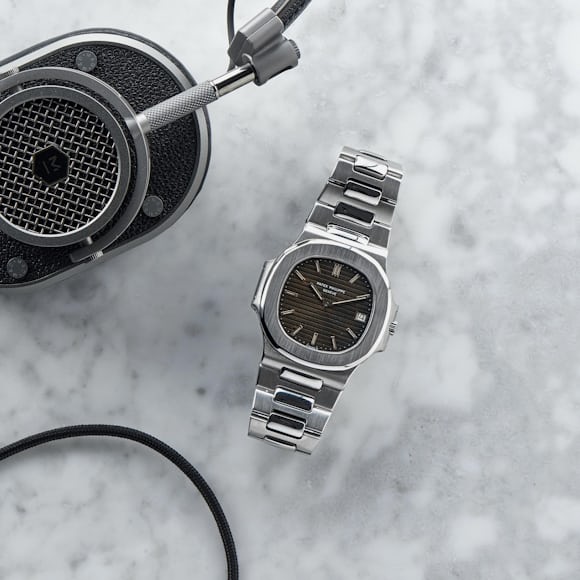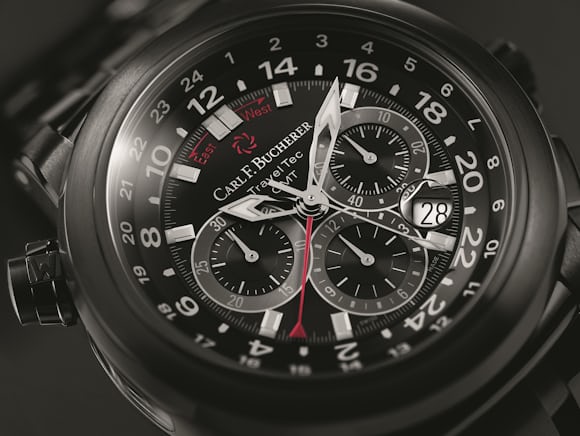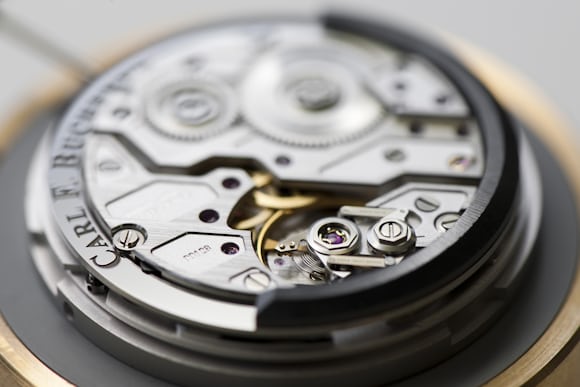Not too terribly long ago, we did a story on a watch you can grab on any given day for, probably, under a hundred bucks, that over-delivers so spectacularly it's become as iconic, in its own way, as any Royal Oak, Submariner, or Speedmaster. That watch is the Seiko 5, which has been around in one form or another since 1963. The Seiko 5's characteristics have made it the benchmark for an affordable, durable wristwatch that sure, could be considered entry level, but could also easily be the only watch you'd ever need. Today we're inaugurating a new column: The Two Watch Collection, and we can't think of a better way to start than pairing the Seiko 5 with another truly iconic and historically important timepiece: the inimitable, unbeatable, and virtually indestructible Casio G-Shock.
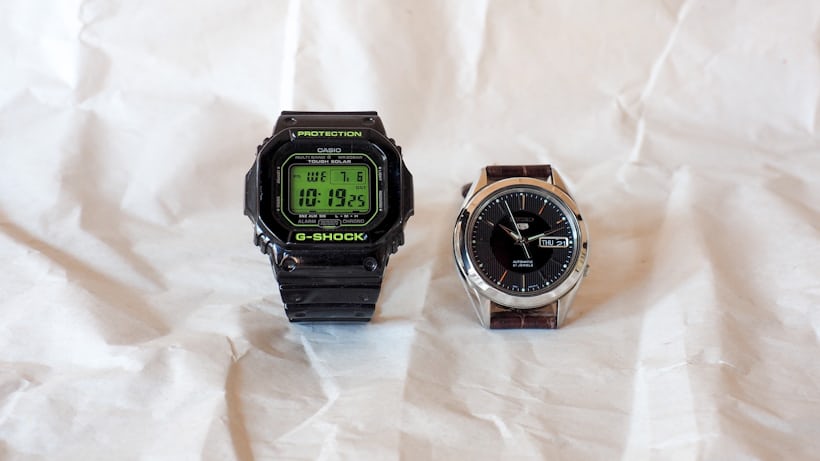
Both of these watches are famous, both are affordable, and either alone could be the only watch you would ever need. However, the whole idea behind this column is to find two timepieces that not only fill as many of your watch needs as possible, but which also complement each other in such a way that the whole is greater than the sum of its parts.
The Seiko 5
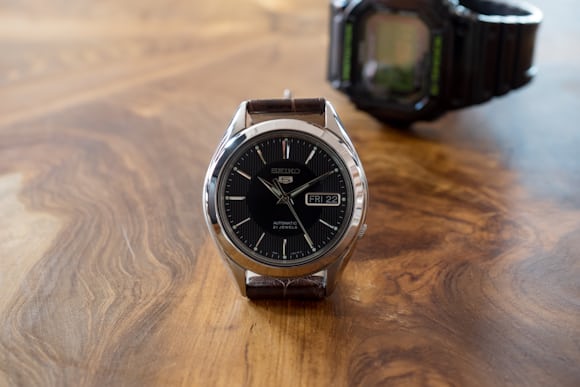
Let's talk about the Seiko 5 first. It's easy, with all the interest Seiko has generated in the last few years, in Grand Seiko and the higher end Prospex models (to name just two) to start to feel like the Seiko 5 is like a collier on an ocean-crossing luxury liner in the Roaring Twenties – indispensable for keeping up a head of steam, but also someone the captain is more than happy to keep below decks and out of sight of the gents and ladies drinking champagne in First. Seiko, however, continues to take considerable pride in what the Five represents, and provides a pretty comprehensive history of the Sports 5 and subsequent "5" models for your perusal. The short version is that the first "5" model was introduced in 1963 as the Sportsmatic, and the various 5 models have been around ever since. They've been used just about everywhere and anywhere that someone who needs a bulletproof, mechanical watch has been. People come to the Seiko 5 for different reasons – desire for reliability, or for a weekend beater, or simply for the pleasure of owning a mechanical watch with a great story behind it. Not everyone who gets a Seiko 5 does so because they need, on the whole, to save money rather than spend it, but there's no denying that its cheapness and utility has done a lot to make the 5 possibly the single most widely owned and produced automatic watch in existence.
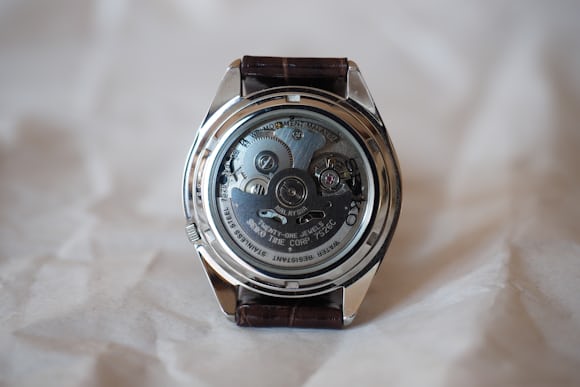
One of the reasons I first got interested in the Seiko 5 is rooted in a childhood fantasy: an avid science fiction reader, I used to wonder about time travel, and about what would happen if you got stuck in the past without any way to change the battery in your quartz watch. Depending on what era you were trapped in, you could use a watch for everything from wowing the locals, to seeing exactly what time you were being devoured by something with big sharp teeth and an appetite to match – but what you wouldn't want was something that would die on you in a couple of years. Clearly the boy who thought an automatic watch would be the solution to this non-problem had not yet heard of recommended five year service intervals, but I suspect most Seiko 5 owners haven't either, and are happy to wear their watches until they simply wear out, which, at least from anecdotal evidence, seems to take at least a couple of decades.
The Casio G-Shock
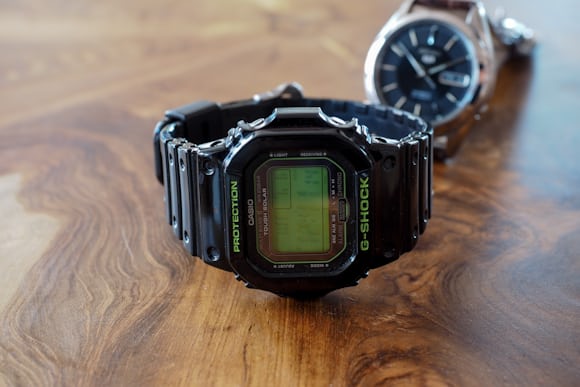
The Casio G-Shock is at least as well known, and almost certainly more widely worn, than the Seiko 5. Just as the Seiko 5 is defined by five basic attributes – durability, recessed crown, day and date in a single window, water resistant, and self-winding – the very first G-Shock of 1983 was defined by the number 10. The three basic goals that Casio inventor Kikuo Ibe set for himself, and the watch, were that it should have a 10-year battery life, be water resistant to 10 bar/atmospheres, and most critically, it should be able to survive a 10 meter drop onto a concrete floor. The sheer number of life changing events, whether tragic, heroic, or sublime, that the G-Shock has witnessed certainly exceeds those witnessed by any other watch. They have been everywhere from high mountains to deep oceans to supersonic flight, to outer space, and they require an interesting amount of applied force and determination to destroy. In addition to the shock resistance conferred by the "container within a container" structure of the G-Shock, they seem to be able to put up with other, more exotic forms of punishment as well. I put mine (shown in this story) on top of a neodymium magnet with a 4000+ gauss surface strength, with no effect at all. Casio does mention that its G-Shocks are designed to resist magnetism, but this is a level of immunity to anything you are ever likely to encounter in a real world situation that I was not expecting.
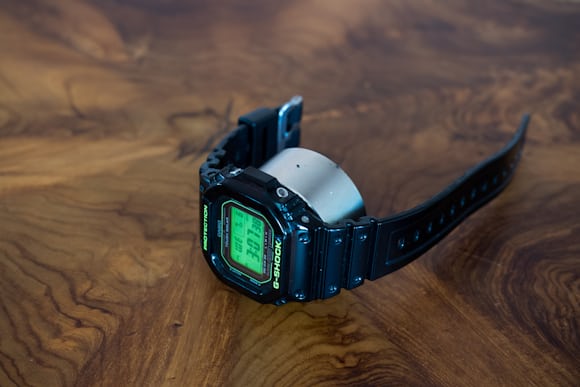

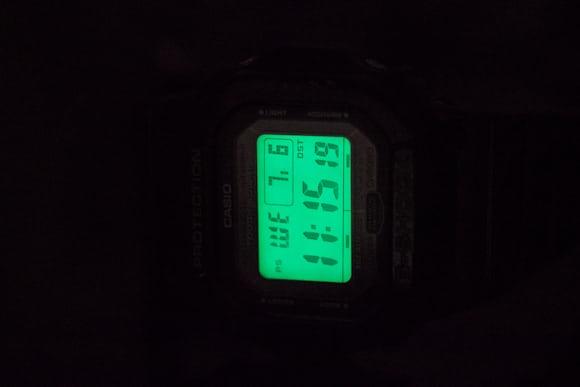
In fact, the Tough Solar version of the G-Shock seems as likely as any watch to be the one you really should take you if you fall through a carelessly unlocked one-way wormhole into the Triassic era. Absent a failure of the chip or the quartz timing package, it seems likely to last, if not forever, at least for a boringly long time. The most common causes of failure for integrated circuits aren't that exotic; mostly, it's the effects of heat, oxygen, and moisture and as long as the case is sealed properly (and a G-Shock is nothing if not sealed) it should outlast you in any reasonable Lost World scenario. I'd guess that its Achilles heel would probably be gasket deterioration.
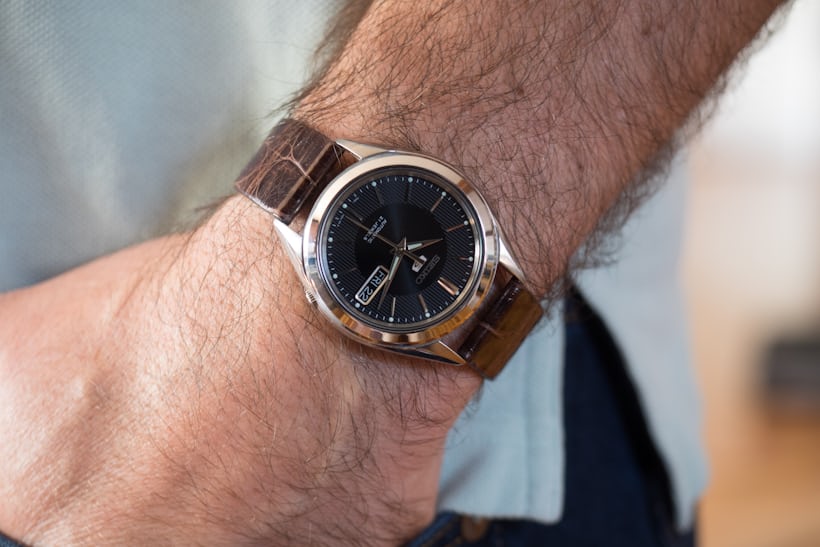
The Seiko 5 had already been out in the world for 20 years by the time the G-Shock was born, and between the two of them, these watches have over 80 years of collective history. They represent a range of human experience that no other two watches I can think of can conceivably match. And, in their way, each represents a certain kind of uncompromising purism. Together, they represent the apotheosis of watchmaking at scale.
Yet without something that watches at any price level often lack – a clear technical and design vision, and moreover, one that is pursued without compromise to those essential visions – neither would be what they are, and neither would be a complement to the other. It's interesting that two watches that represent such single-mindedness both come, not from Switzerland, or Germany, but from Japan. We hope you've enjoyed the first installment of our new column, featuring two of the most popular and iconic timepieces of the post-World War II era. The G-Shock and the Seiko 5: two watches that, irrespective of price, are such classics of wristwatch engineering and design that they more than earn their place as our first pair of timepieces in The Two Watch Collection.
In this story: the Seiko 5 SNKL23 and the Casio G-Shock Tough Solar.
The Seiko 5 was the subject of one of our most popular stories: The $75 Watch That Looks Like A Million Bucks.
For a look at a very different G-Shock that shows just how far they've come, check out our coverage of a $6,000 G-Shock.



